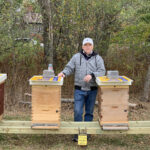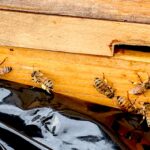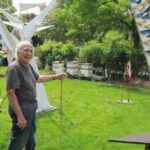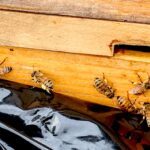
By Elissa Ely “One ought to do good to others as simply as a horse runs or a bee makes honey.” – Marcus Aurelius There is so much we could say about Phil Thomas. We could talk about his distinguished career in high technology, which followed his distinguished career in Naval Intelligence. We could talk about growing up oceanside in Florida, where his father worked as a photographer for NASA and John Glenn visited the house. We could talk about his childhood hopes of becoming the next Mickey Mantle (stymied only, perhaps, by height). We could also talk about Phil’s [READ MORE]




